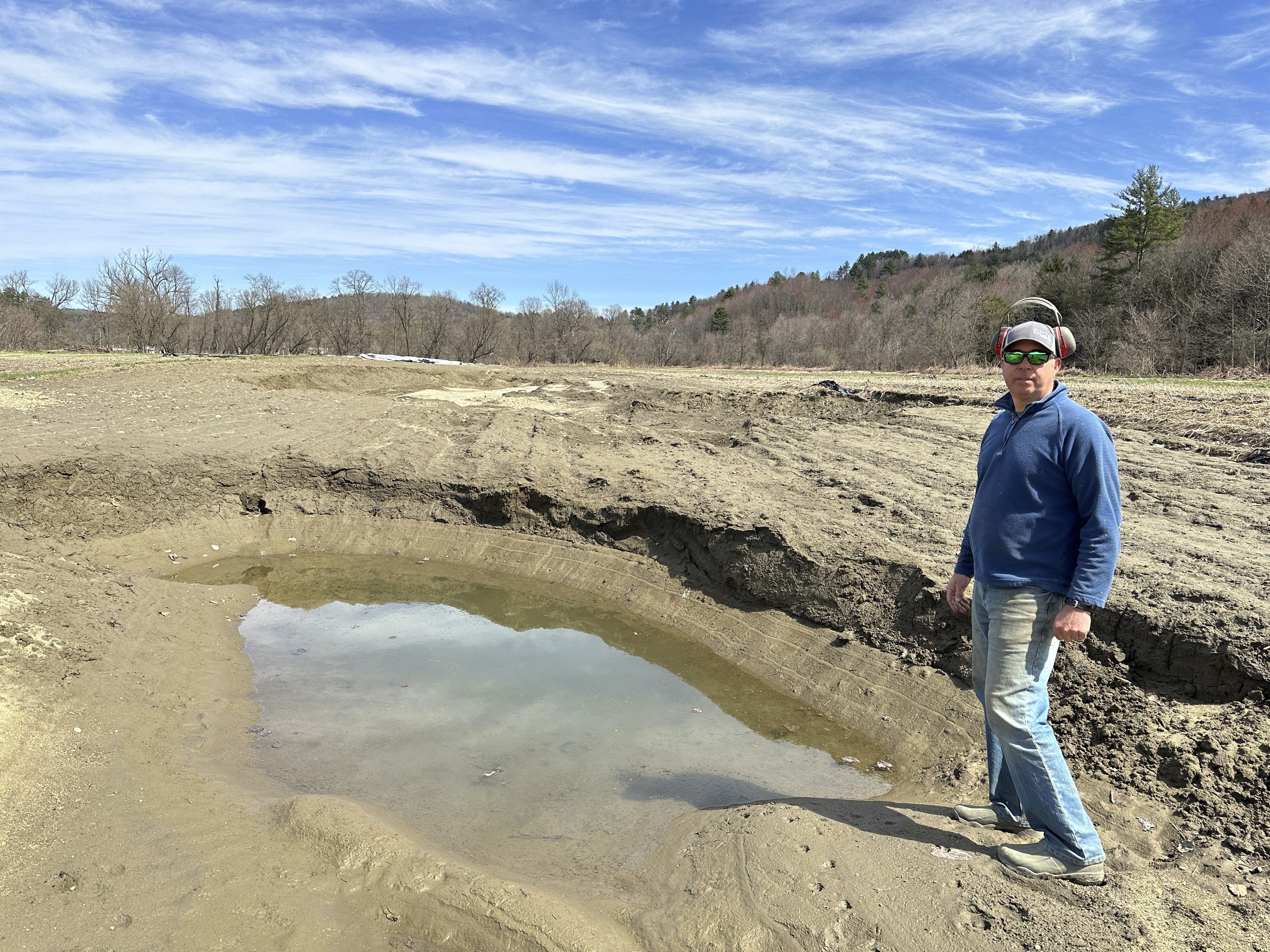Heading into the coldest months, a federally-qualified health center in Vermont is now expanding its services to the homeless, hoping the new initiative will boost public health.
“I think it’s not enough,” Erin Ahern of the Community Health Centers of Burlington said of Burlington’s capacity to shelter the homeless.
Ahern said CHCB operates the city’s only low-barrier shelter, meaning any adult regardless of sobriety or mental health struggles can come to the facility located in the lower level of 179 South Winooski Avenue.
According to Ahern, the shelter provided more than 6,300 individual shelter bed nights last winter alone, which was above the center’s stated capacity.
The CHCB and community partners announced Monday that the low-barrier shelter’s season, which starts November 1, will expand.
While it used to close in chilly April, $60,000 in new money from the city of Burlington will keep the space open an additional two months, Burlington Mayor Miro Weinberger, a Democrat, said.
“It was definitely a concern to many of us that we were closing down in mid-April,” the mayor said Monday. “I think there was snow on the ground, still, when we were closing down.”
Vermont
The latest news from around the state
The low-barrier shelter’s expansion follows brutal cold last winter, which saw 16 days below zero in the Burlington area, and a particularly painful 7-day subzero stretch.
Less than an hour south of Burlington, a 45-year-old man named Suad Teocanin was found dead on the Middlebury village green in January, not far from a different shelter where he was staying. Teocanin had been drinking, police said at the time.
“Of course it’s frightening,” Rich, a formerly homeless man who asked necn not to publish his last name, said of the severe cold Vermont often sees at night.
Rich said he is now staying with family, but spent a few winters on the streets of Burlington—maybe huddling in an ATM vestibule at night, if he could.
“You basically sleep in the fetal position,” Rich recalled. “You have a couple blankets over you and you get warm, but you’re not moving and then you open an air pocket and it’s cold as hell.”
CHCB said Vermont’s Department for Children and Families also provides roughly $300,000 in funding for the low-barrier shelter. DCF refers to the money as an investment, and described it Monday as a smarter use of taxpayer dollars than handing out motel vouchers for severe weather nights.
Geoffrey Pippenger of DCF said in addition to the state saving money on vouchers, he also likes that shelter guests get better services than they would at a motel, including a donated meal, and info on medical care, addiction treatment, and housing programs.
“We’re connecting them to the resources and supports that can help,” Pippenger told reporters.
The facility said it’ll use data from its new operating calendar—specifically, numbers from mid-April to mid-June—to better tailor services in the future.



